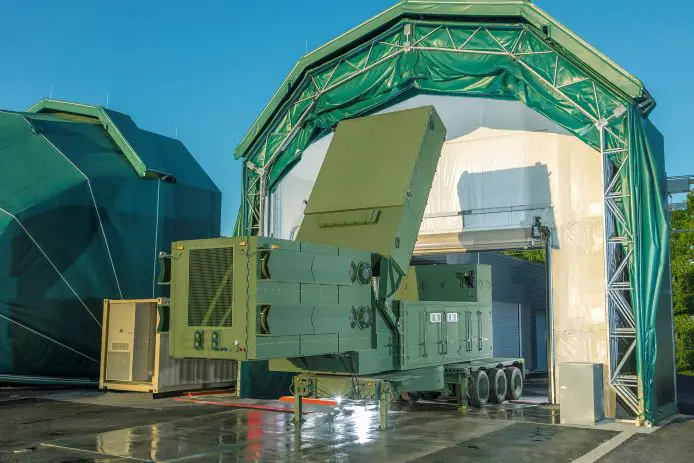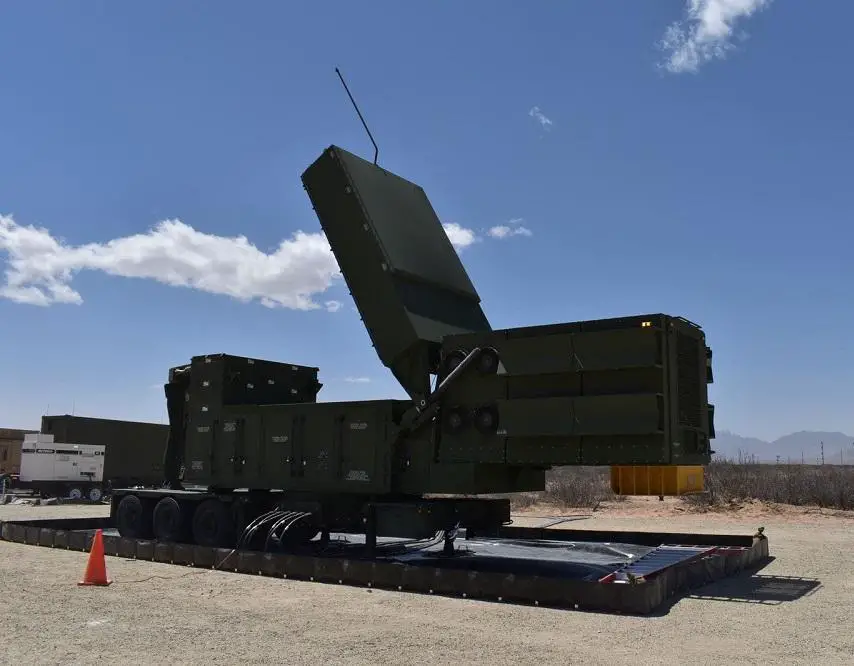The Japanese government is planning to enhance its PAC3 air defense missile systems to intercept hypersonic threats by acquiring the Lower Tier Air and Missile Defense Sensor (LTAMDS) made by Raytheon. The LTMADS has a longer detection range and can better identify high-speed and irregular trajectory missiles. The government plans to include the modifications to the PAC3 in its defense buildup plan, which will be approved by the Cabinet on Dec. 16. Tokyo also intends to improve the capabilities of existing fixed warning and control radars and develop next-generation warning and control radars to deal with hypersonic threats.
LTAMDS is a 360-degree, Active Electronically Scanned Array radar powered by RMD-manufactured Gallium Nitride, a substance that strengthens the radar’s signal, enhances its sensitivity, and increases its reliability. LTAMDS is designed to operate as a sensor in the U.S. Army’s Integrated Air and Missile Defense Battle Command System. LTAMDS, designed specifically for the U.S. Army’s lower tier mission, is the first sensor in a family of radars Raytheon is calling GhostEye®. These sensors can detect otherwise unseen threats at greater distances, higher velocities, and from any direction.

Leveraging the advancements of GaN technology and commonality with LTAMDS, Raytheon has separately developed GhostEye MR, a medium-range battlefield radar. LTAMDS consists of a primary antenna array on the front of the radar, and two secondary arrays on the rear. The radar antennas work together to enable operators to simultaneously detect and engage multiple threats from any direction, ensuring there are no blind spots on the battlefield. LTAMDS’ primary array is roughly the same size as the Patriotâ„¢ radar array, but provides more than twice Patriot’s performance.
Raytheon is working closely with hundreds of suppliers across 42 states, including a core team playing a strategic role in building the LTAMDS solution. They are: Crane Aerospace & Electronics; Cummings Aerospace; IERUS Technologies; Kord Technologies; Mercury Systems and nLogic. Raytheon Missiles & Defense brings global customers the most advanced end-to-end solutions delivering the advantage of one innovative partner to detect, track, and intercept threats. The sensor’s capabilities and performance were tested through a series of modeling and simulation-based threat scenarios.
